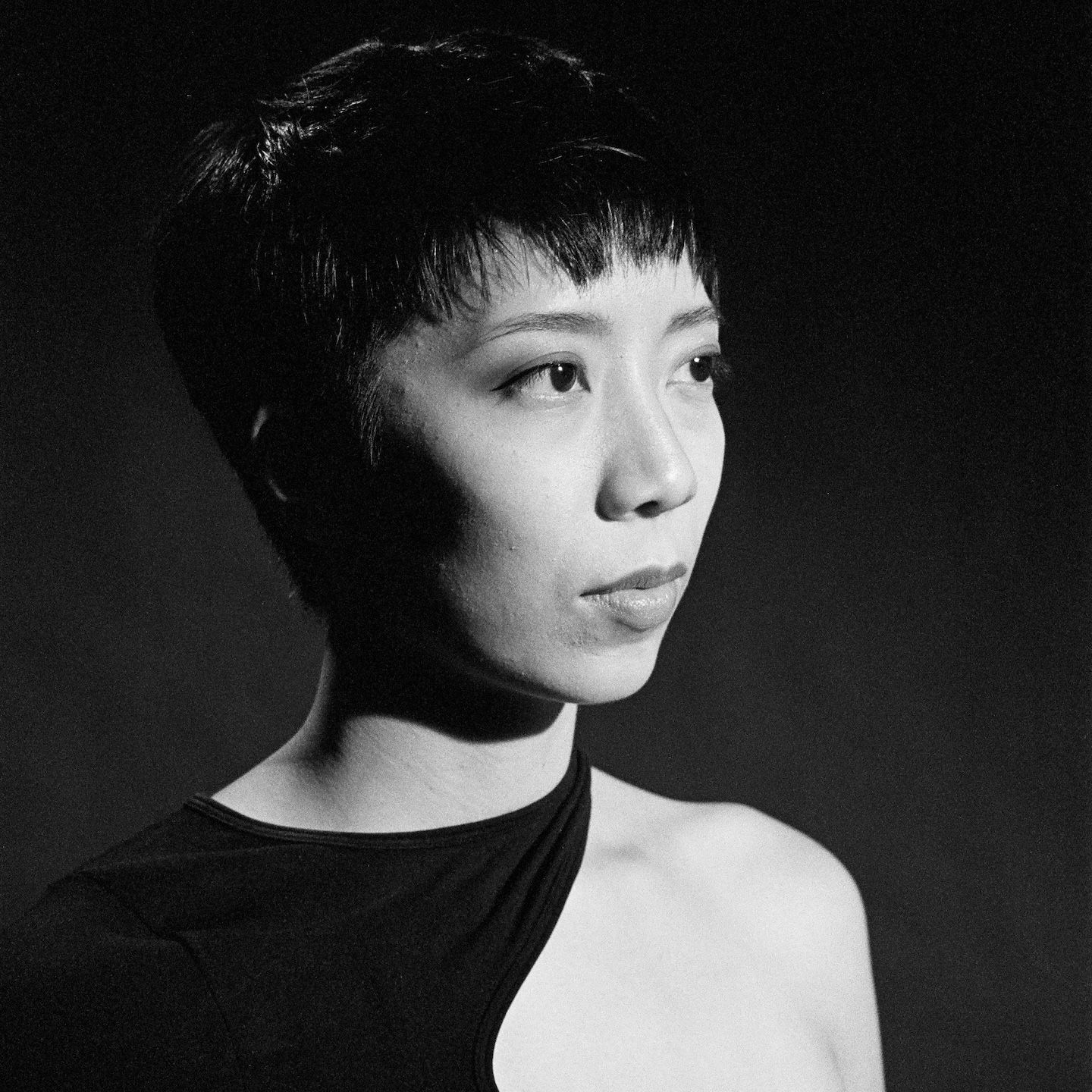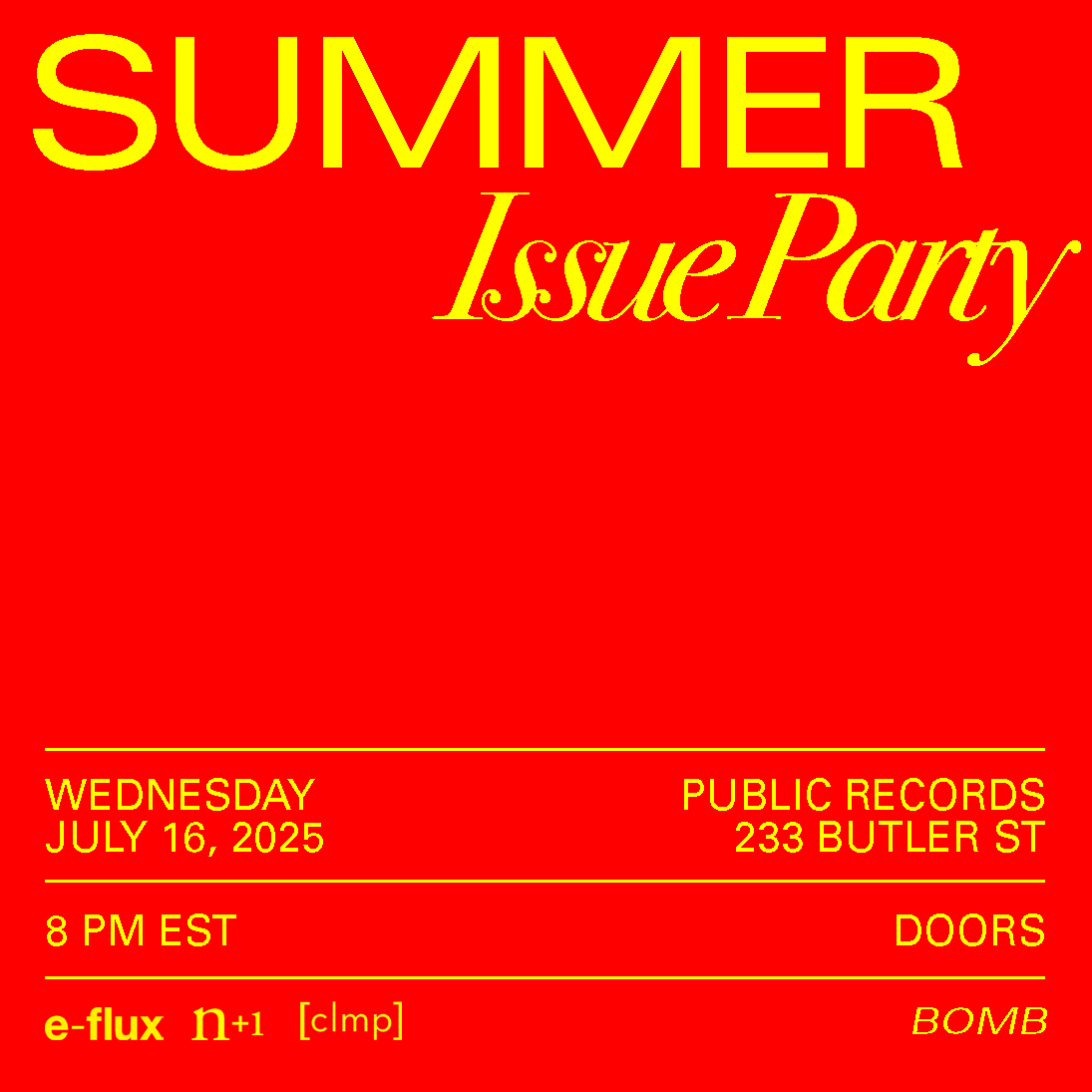1. Why did you decide to go into teaching?
In 1994, Jack Risley asked me to teach a class at NYU, and I found out, much to my own surprise, that I love teaching. I have grown a tremendous amount as an artist and a person through teaching. It has kept me in constant dialogue with others as well as provided me with a mirror for self-awareness. The classroom is a context where I can gain distance from my own work. Teaching allows me to empathize, accept, and understand work that is radically different than mine. This change in perspective offers the perfect antidote to the state of mind I bring to the studio—a mindset that is by necessity much more focused and narrow.
2. What drew you to your school and what is your teaching philosophy?
Since that first teaching job, I have not stopped teaching. I have taught a little bit of everything including graduate critiques, courses on the performative object, beginning drawing, advanced sketching, and different levels of sculpture. I developed a robotics class, studio and seminars on public art, and more recently, courses on publishing and the public sphere. I have also taught at a variety of schools and have observed what makes some schools work better than others. I have stayed attentive to the curricula, asking: What types of foundation courses seem to work best? As art practices continue to expand, what baseline of techniques should we provide undergraduates? And as a plurality of ideas and ideologies refuses to settle, what minimum and best theoretical base should we teach graduates? However, the question that still inspires me the most is how visual arts might fit within education at large (and beyond academia, in society at large). During my own undergraduate years, I took courses in comparative literature, linguistics, mathematics, intellectual history, and not necessarily because I wanted to be a writer, linguist, or mathematician, etc. Most importantly, these classes had something to offer those outside the field while maintaining the rigor expected of those majoring in those subjects. Likewise, I strive to make my classes simultaneously enriching for future artists as well as the curious visitor from another field. This is particularly meaningful when one considers how few people who study art actually become artists. Ideally then, an art education should be useful for those who choose to follow different paths. Art education can teach students a useful approach to life, one where there is a relationship between meaning and form; one where they understand their capacity to shape that relationship.
I was drawn to Cornell because it is a research university where every department is dedicated to teaching, research, and creating new knowledge in their field. In general, this is the perfect environment for what I described above. Specifically, the Department of Art sits within the College of Architecture, Art, and Planning (AAP), and in researching the position I read their mission statement: “At the College of Architecture, Art, and Planning, we prepare our students to address the greatest challenges of the 21st century through applied research, creative practice, and community-engaged planning. We encourage imagination, technical creativity, critical thinking, and embrace transdisciplinary approaches to building a more beautiful, sustainable, and equitable world.” This sense of ethical purpose drew me to the school.
3. What theory and art history do you consider most essential for your students? What artist or artwork do you refer to most often?
We live in a time when the visual arts are pivoting from being defined by exclusion to becoming more inclusive of diverse cultures, histories, techniques, traditions, forms, contents, and methods of circulation and distribution. From a pedagogic perspective, I have felt the insecurity of wanting essentials. Duchamp said, “Art is a game between all people of all periods,” and I agree! I want to be brave and say there are no essentials. I am still trying to be that brave.
4. How do you navigate generational or cultural differences between you and your students?
The only way I can do this is to embrace Paulo Freire as tightly as I can. I am a teacher and I am a student. Students are also teachers. When I get it right, I reach across the gap and tell them about Celia Cruz, Institutional Critique, and Jürgen Habermas. They tell me about Bad Bunny, Settler Mentality, and TikToks. Sometimes we have to resort to hand gestures.
5. What changes would you like to see in art education?
I would love it if it could be free in both senses of the word: libertad y gratis.
6. What is your educational background? Did you arrive at art from another field?
I went to a university for undergraduate studies and an art school for my master’s degree. This has shaped me in a particular way. I learned about 95 percent of what I need for my art practice, as well as what I need to simply be in the world, at the university. Allegedly, I was pursuing a degree in computer science, but ended up with an art degree instead. My MFA gave me the other five percent. Although it is tempting to be dismissive of art school, the relatively small amount of things I learned there were crucial and indispensable, as they represented a very precise understanding of art as a tradition. While I believe that I might need a critical, analytical, and creative set of mental tools to make art, I also have to understand that I am within a tradition, and tradition requires acceptance (but not necessarily acquiescence). Ideally, there should have been a component of my education that included spiritual and emotional education—two things I sorely lack even today.
7. How have recent cultural movements and activism informed your curriculum?
My curriculum is always adapting to how I face the present cultural moment, and to the students who are always changing—and fast. There are times, like now, when political awareness is high and I could teach a semester-long class on the arts and political movements, but there have been times in the past, and there will be times in the future, where that interest vanishes. The latter is more challenging.
8. How much structure or independence do students have in your courses?
Both in my participatory artworks and in my seminars, I believe in very structured situations that are mostly devoid of content. This void creates a zone of freedom that the participant gets to fill independently. For courses organized around a specific medium, I deliver very tangible and precise technical and formal know-how, and I insist that everyone must learn these—but that their use for creating artworks for class is completely optional.
9. How does the program connect students to the surrounding art scene? How do they learn outside the classroom?
These are two separate questions. Previously, I was at Hunter College for fourteen years, and the program really didn’t have to do anything to connect students as it was already in the art scenes.
As for the second question, I repeatedly co-taught a class with Claire Bishop that never met at school. Each week, we would meet at a different kind of public space, meet a specialist or artist that worked in that kind of space, and discuss readings relevant to the site. One week, we might meet in a public park and get two guided tours, one led by an urban forager and the second by someone studying the history of cruising in the park. Another week, we might meet in a courthouse and speak to a judge or a district attorney, and to an artist working on alternative sentencing for youth. I have only been at Cornell for four months, but I am already thinking of how to use the City of Ithaca as an extension of the classroom.
10. What advice do you give to your students as they leave school and enter the field?
1. You build a career one viewer at a time.
2. You don’t make art alone. Form a group, stick together, be your own public, critic, and supporter.
3. Be decent and kind to everyone. The intern helping you install might one day be the curator who gives you a show twenty-five years later.














